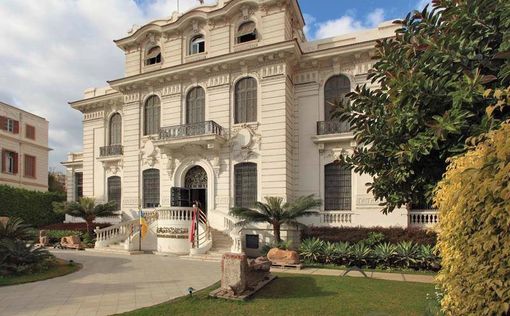The National Museum of Alexandria has opened an exhibition showcasing 84 artifacts recovered from the underwater ruins of Canopus, Heracleion, and other submerged sites.
According to Minister of Tourism and Antiquities, Sharif Fathi, four partially preserved statues have been brought to the surface. “There is still much more under the water, but we can only recover a limited number of artifacts, made from specific materials and under strict criteria. Everything else will remain part of our sunken heritage,” he noted.
The underwater ruins of Canopus and the nearby port city of Heracleion were first discovered in 1992. Artifacts from Canopus have been raised to the surface for the first time in 24 years. Among the finds are the remains of temples and houses, shops and workshops, intricately carved stone basins, statues of pharaohs and sphinxes, as well as figures of the Ptolemies and Roman rulers.
Canopus and Heracleion flourished for about 800 years — from before the reign of Ptolemy, companion of Alexander the Great, until the decline of the Western Roman Empire. Later, earthquakes and subsidence caused the Mediterranean Sea to swallow these cities.
Modern-day Alexandria also faces the risk of flooding: the city is sinking by more than three millimeters per year, and by 2050, according to UN estimates, up to a third of the metropolis could be underwater or uninhabitable.




